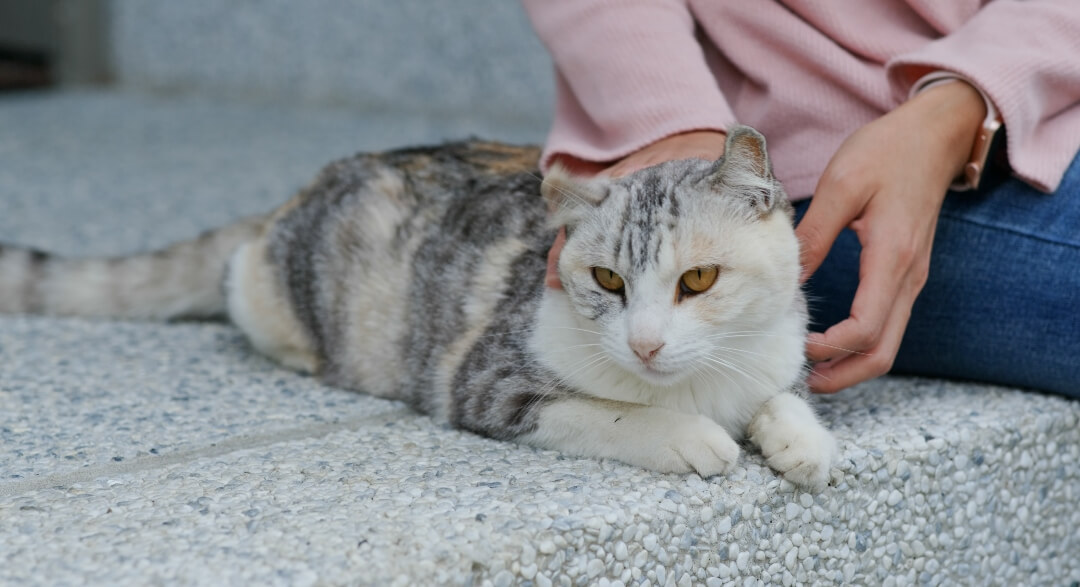
Even though cats can't speak, they can communicate with us through their body language. Everything from how they twitch their tails or position their ears is a form of communication.
In order to understand cat body language, you must look at both physical cues and the situations in which they occur.
It is important to consider your cat's perspective when considering the context. People often approach cats with good intentions but get scratched or bitten and then blame them for being mean-tempered. This is usually because of misinterpretation of the cat's reaction to a gesture.
Observe whether they have an open or closed body posture The evolution of cats was as predators and prey, so when faced with dire circumstances, they tend to become scared and scrunch up. When terrified, cats try to protect themselves as much as possible.
Usually, cats stretch out when they're not threatened, but they often make themselves look big to frighten off their enemies.
In addition to body orientation, cats can also forecast their intentions and next moves by pointing their bodies in the direction they intend to go. If a cat stands sideways to you, it's likely they're feeling shy or considering escaping. Standing sideways gives cats the advantage of being able to move quickly if they feel the need.
If a cat points at you, they are likely interested in you and may respond positively to your advances. Cats facing away from you may not necessarily be disinterested - they may be signaling comfort or willingness to be touched.
A tail that's low or between their legs usually means they're feeling scared or threatened. And a tail that's twitching back and forth usually means they're feeling agitated or angry.
A cat who holds his tail vertically, high in the air, is usually confident and open to interaction. That is one of the most reliable signs that he feels comfortable and open to interaction. Raising the tail may also indicate aggression in certain situations, such as when trying to ward off a stranger.
Usually, a cat's ears point forward if they're interested in something or someone. If their ears point backward or to the side, it usually means they feel scared or threatened. And if their ears are flattened against their head, it usually means they're angry or aggressive.
A cat staring at you with wide eyes usually means they're startled or surprised. If their pupils are dilated, it usually means they're excited or happy. And if they narrow their eyes into what's called a "cat smile," it usually means they feel content and comfortable around you.
You might not realize it, but cats communicate much through their whiskers. Whiskers are extremely sensitive, and they help cats navigate the world around them. If a cat's whiskers are pointing forward, it means they're curious and exploring their surroundings. But if a cat's whiskers are pulled back against their face, it means they're feeling scared or threatened.
Next time your cat does one of these things, consider what they might be telling you by reading their body language. Cats may seem mysterious creatures, but you can learn to read their body language to learn more about them.